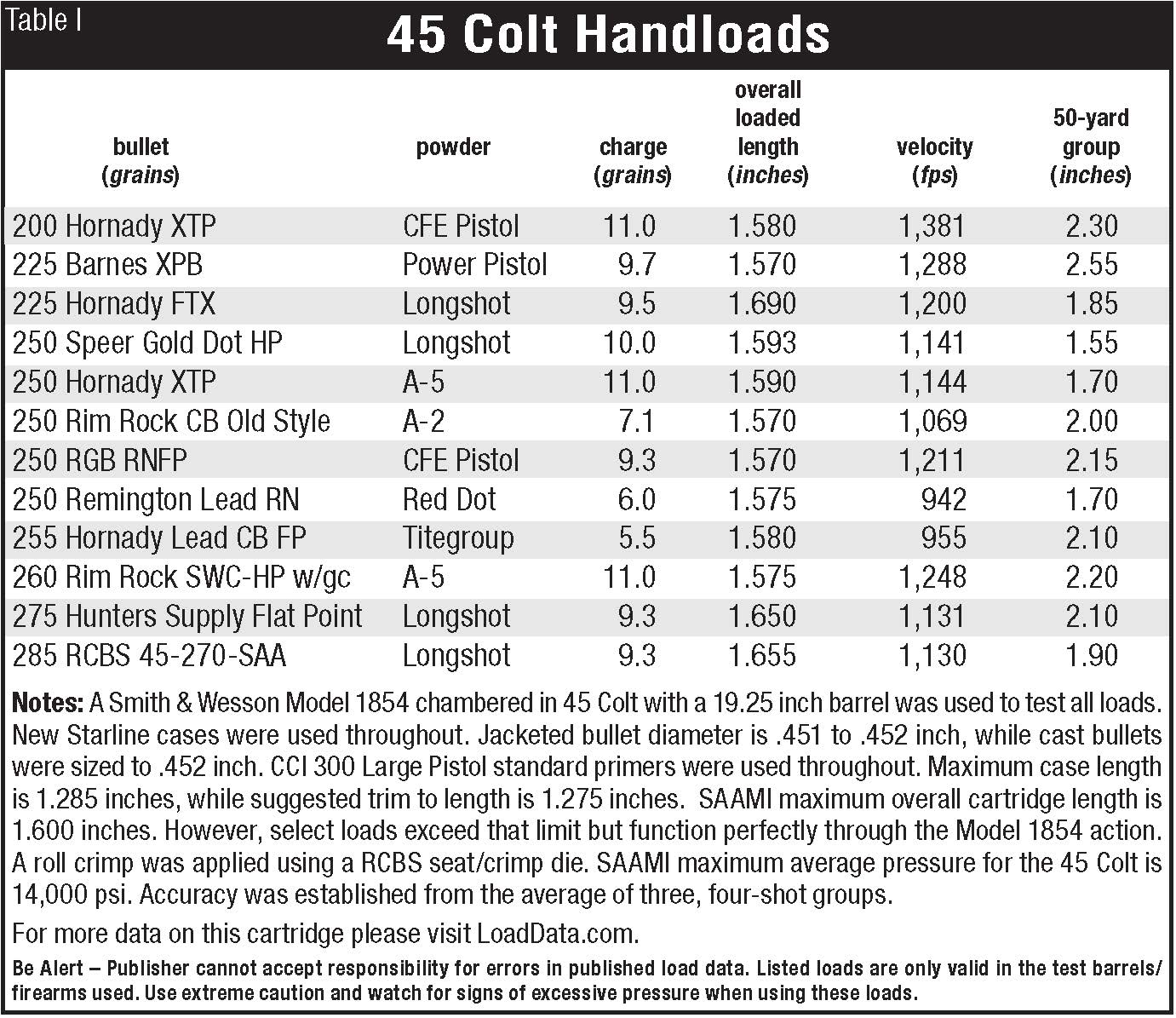Mostly Long Guns
Smith & Wesson Model 1854 45 Colt
column By: Brian Pearce | May, 25

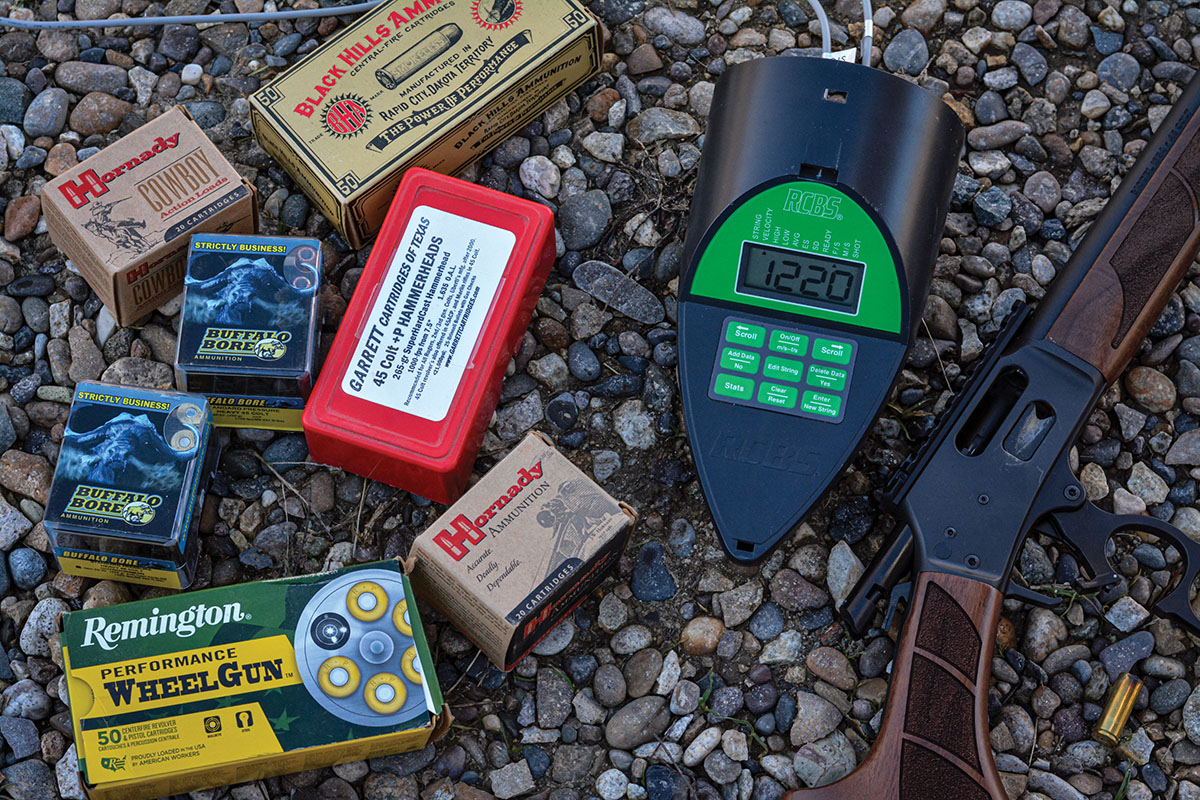
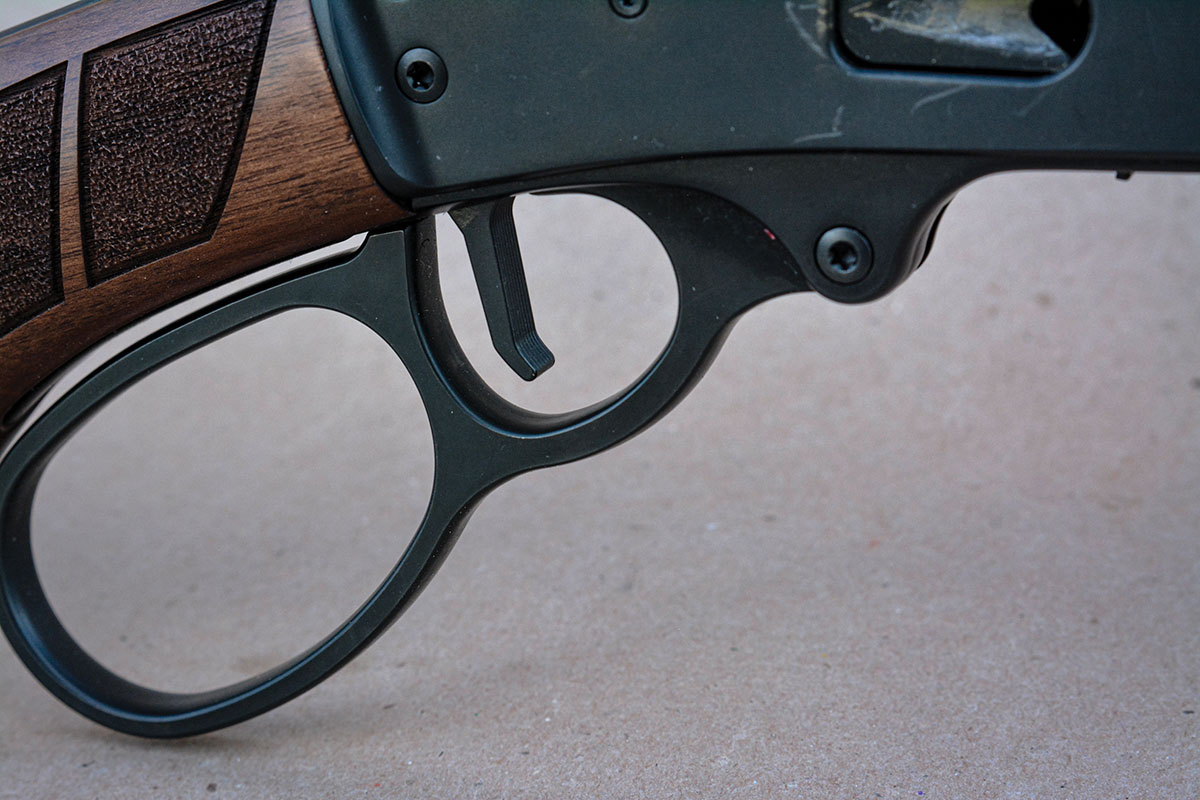
Before diving into the details of this new carbine, a brief history seems appropriate. Horace Smith and Daniel B. Wesson founded the Smith & Wesson Company in 1852 and were located in Norwich, Connecticut. The partners patented the Volcanic lever action pistols, rifle and an improved cartridge in 1854. Smith & Wesson was renamed in 1855 to Volcanic Repeating Arms and was ultimately purchased by Oliver Winchester in that same year. Smith left the company at that time and returned to his home of Springfield, Massachusetts. In spite of Horace continuing to work for Volcanic Repeating Arms, the company struggled and became insolvent by 1856 when it was reorganized as the New Haven Arms Company in 1857. By 1866 it had become the Winchester Repeating Arms Company. As the old saying
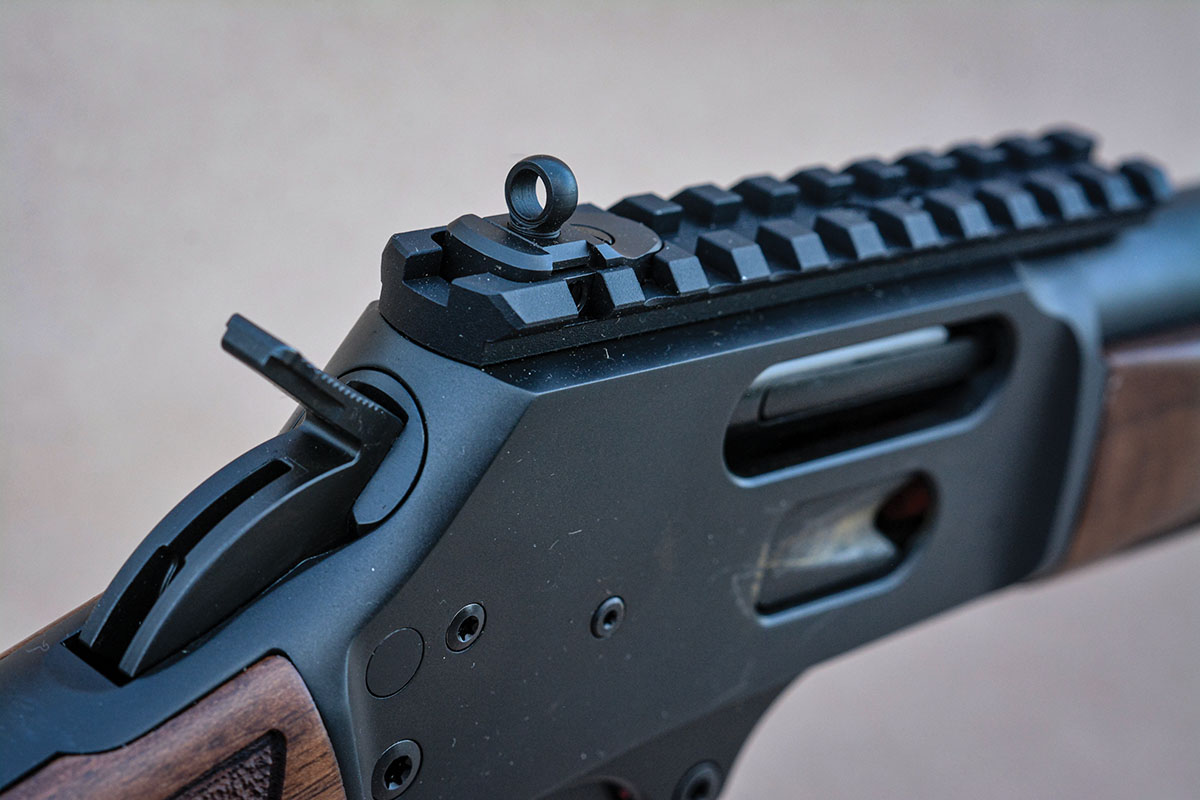
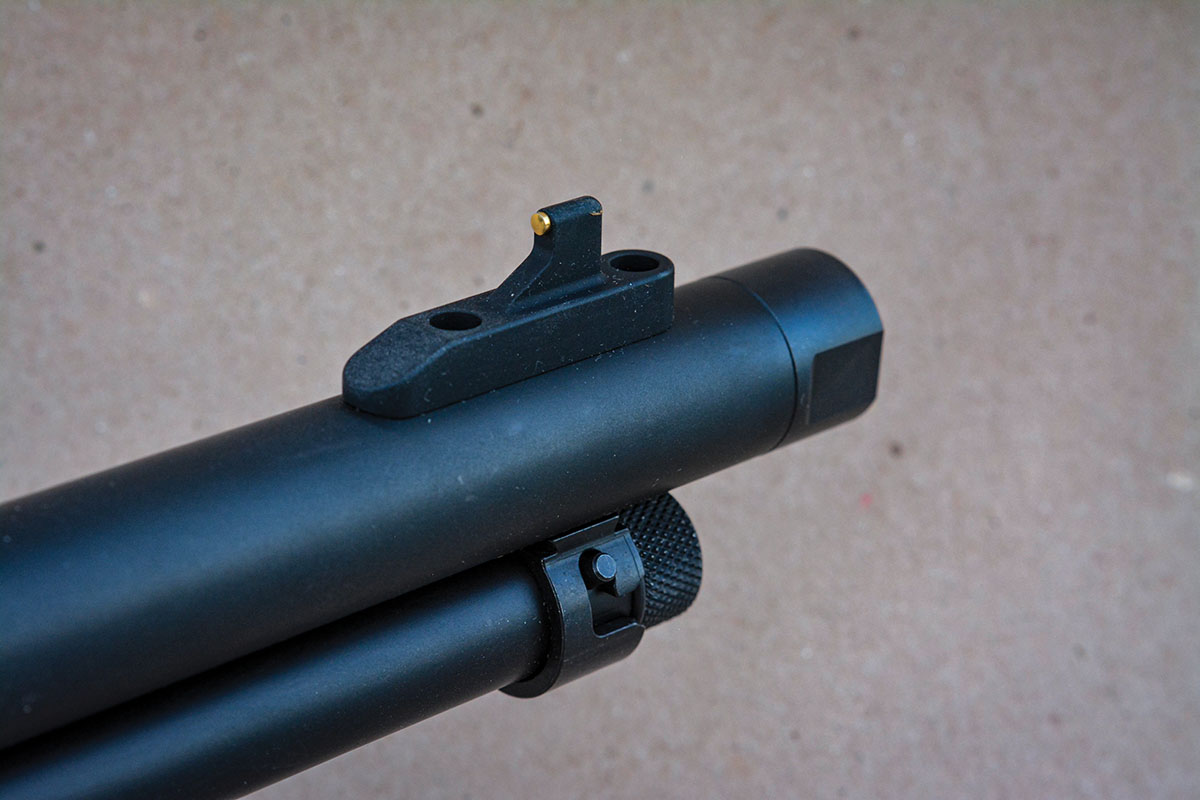
Horace and Daniel once again partnered and began pursuing the development of a cartridge revolver (as Samuel Colt’s patent had expired in 1856); however, that patent with bored-through chambers was held by Rollin White, so the partners elected to pay 25 cents per revolver that they built, and the rest of that story is remarkable history. However, for several reasons including agreements, Smith & Wesson has not built a lever action rifle (as of January 2024) since selling the company to Oliver Winchester 169 years ago.
The Model 1854, named for the above-mentioned patent dates, is based loosely on the same mechanics as Marlin lever gun designs that began with the Model 1889 and is the same basic design that they still use to this day. While they offer both flat bolt and round bolt designs, different action lengths, etc., they are all the same basic design principles. I find it interesting that this design is so good that it was the logical choice for S&W to more or less copy. With that said, certainly S&W engineers made design changes to accommodate manufacturing, etc., and neither do parts interchange with Marlin rifles.
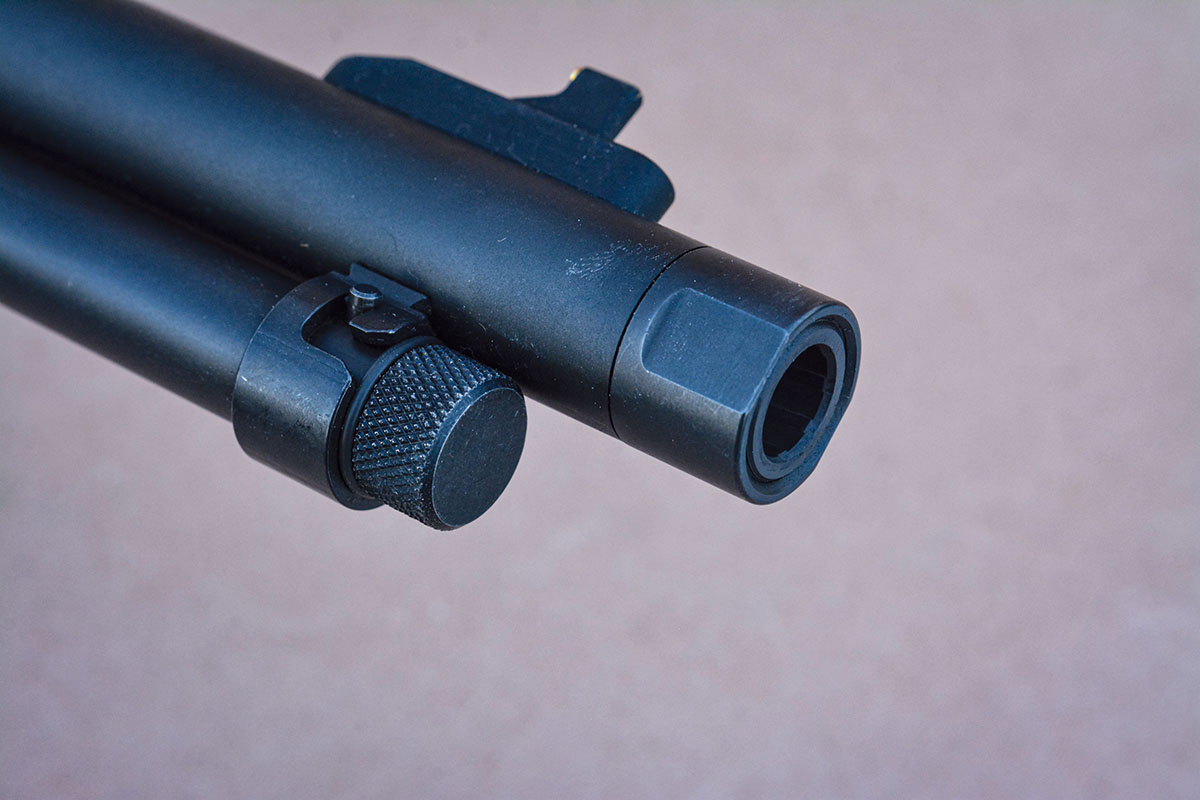
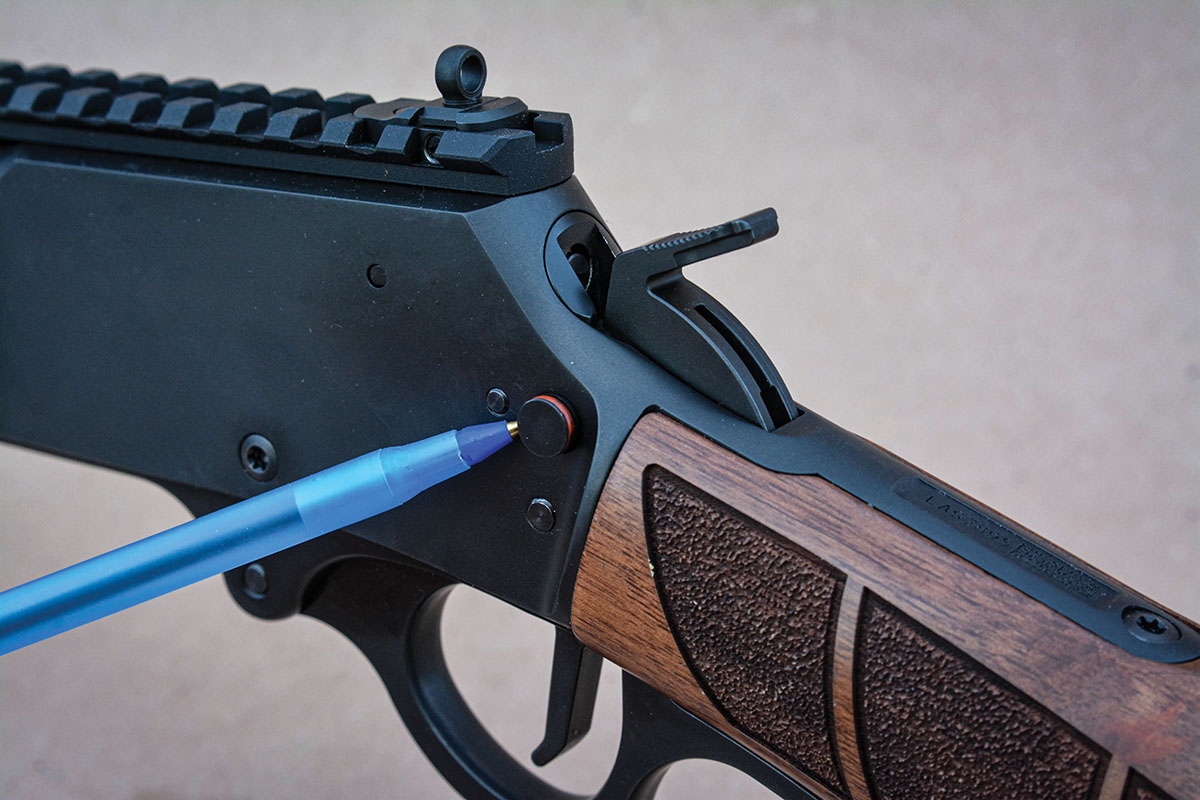
The 1854 frame (receiver) is constructed of forged 416 series stainless, while the 19¼-inch barrel is 410 series stainless; however, both are coated with a black Armornite finish. To accommodate trends, the barrel is threaded with 11⁄24-24 and includes a flat-sided protector. The 8 lands/groove hammer-forged barrel features a 1:20 twist. The barrel measures .895 inch diameter just forward of the receiver and .830 inch at the muzzle. The frame is similar in size to the Marlin 1894, but the breech bolt is round. The external hammer features the traditional three positions and when placed in the half-cock position, the cross-bolt safety block (again a Marlin design) can be engaged. The trigger is unique, as it is serrated, but flat where the finger makes contact (see photo). The finger lever is oversized and contoured with the pistol grip configured stock. The satin-finished stock is walnut with a cut textured pattern, fit with a black rubber recoil pad and features a sling swivel stud to correspond with the fore-end cap that has an integral sling swivel slot.
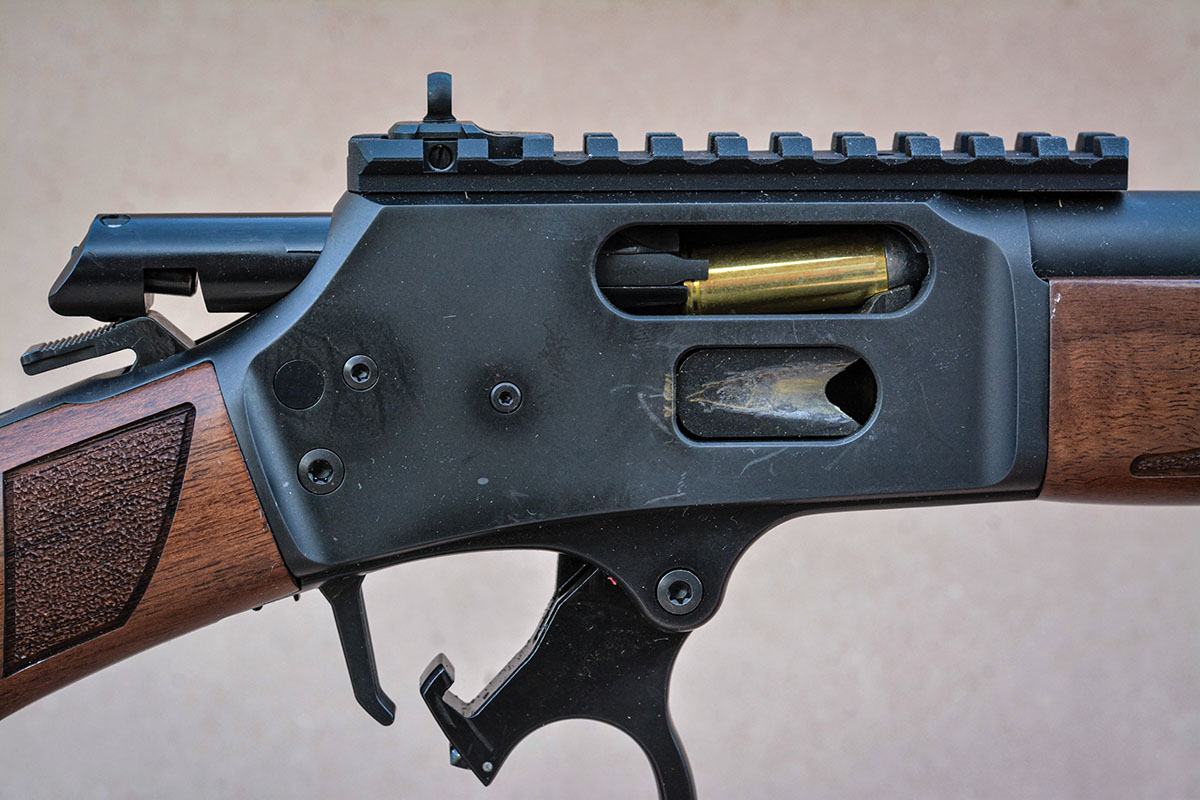
A controversial feature is the two-piece magazine tube that removes in a similar fashion as 22 LR rifles fitted with tubular magazines and locks in place with a twist. However, this system is for
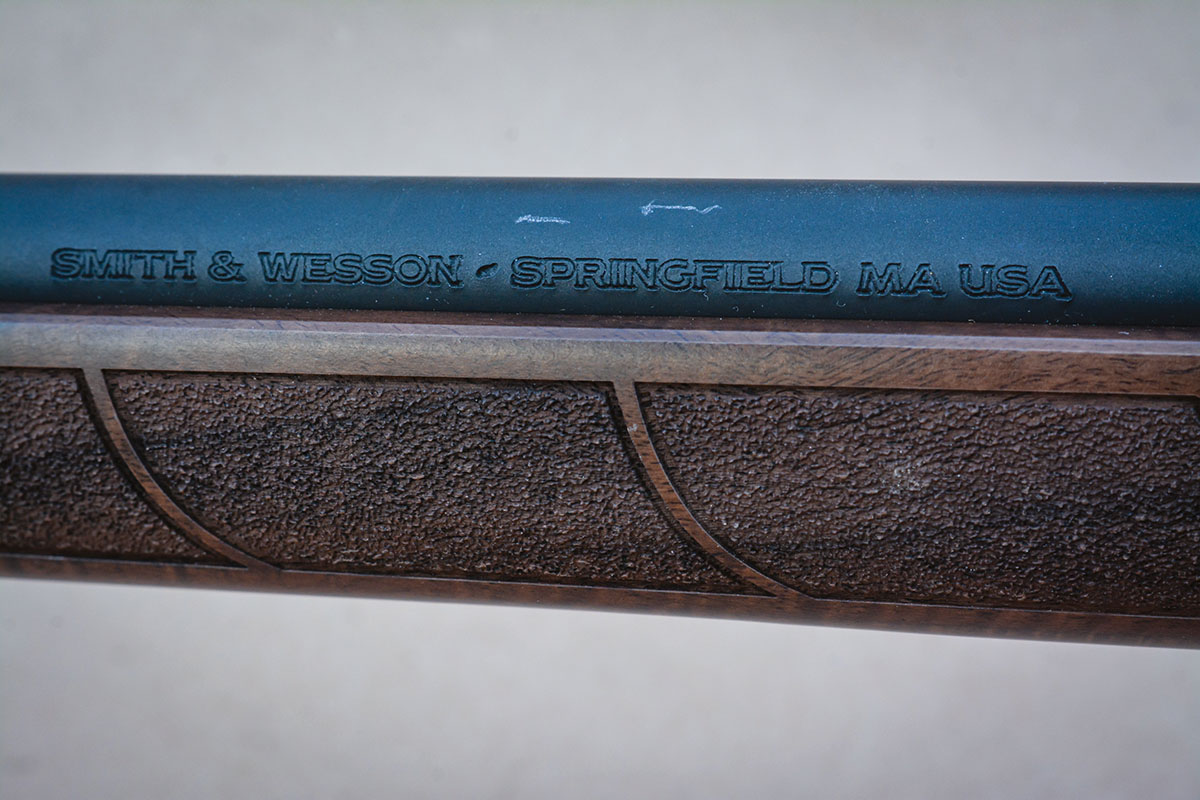
A controversial part of S&W’s manufacturing methodology is that many 1854 parts are metal injection molded (MIM), which is a low cost way to manufacture parts in high volume. Space will not allow a detailed discussion, so my comments are somewhat incomplete. In short, MIM technology really started to become popular with a huge variety of industries during the mid 1980s and by the 1990s was beginning to be used by several firearm manufacturers. Today, it has become a several billion dollar industry (including automotive and a near endless list of other applications) and is often used by gun companies, but in somewhat select applications.
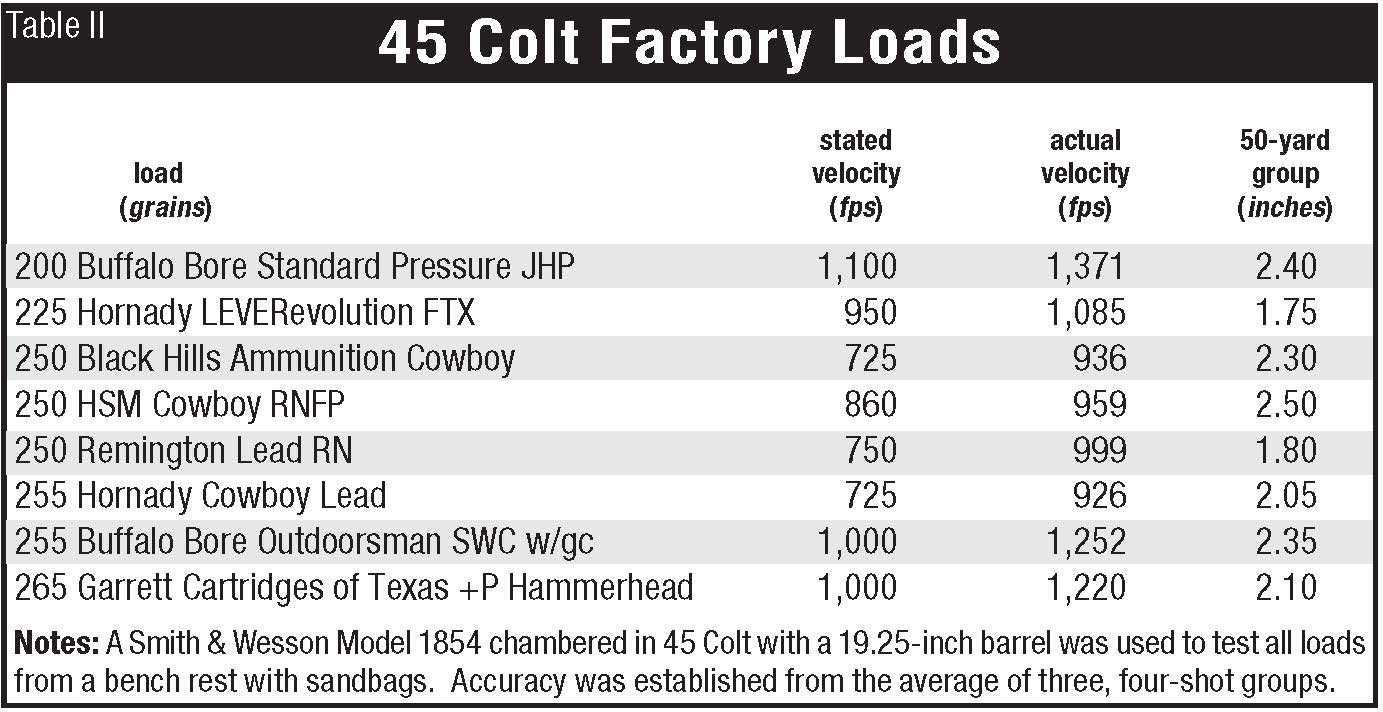
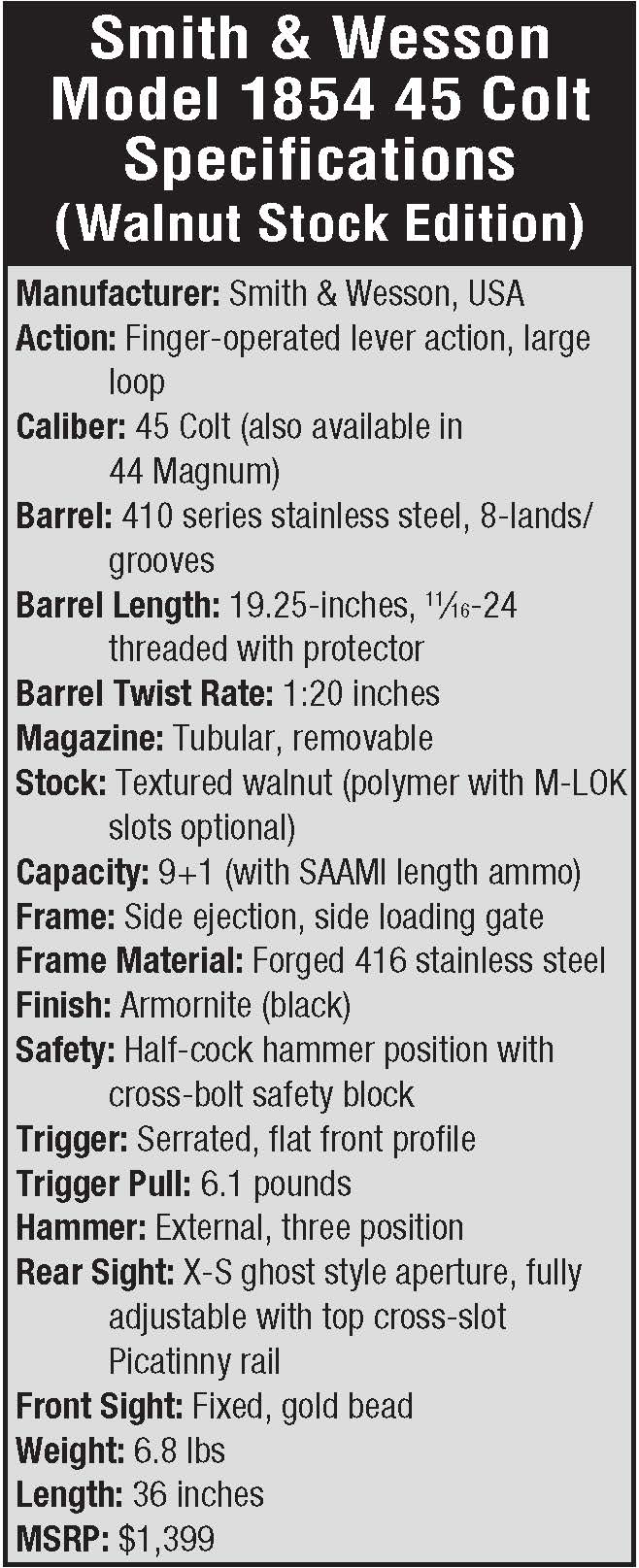
Depending on application and manufacturer, the materials used in manufacturing MIM parts can be from a soft, poor metal to high-quality, strong steels. A problem that has occurred is that sometimes a company CFO may choose to force the use of rejected or out-of-spec parts rather than take the financial loss. This calculated choice will result in some broken guns, but the cost to repair them is often less than rejecting a large quantity of parts. A weak aspect of MIM parts is that they are not a great choice if super tight dimensional specifications are required, however, machining options allow a part to become more precise, but naturally raises production costs.
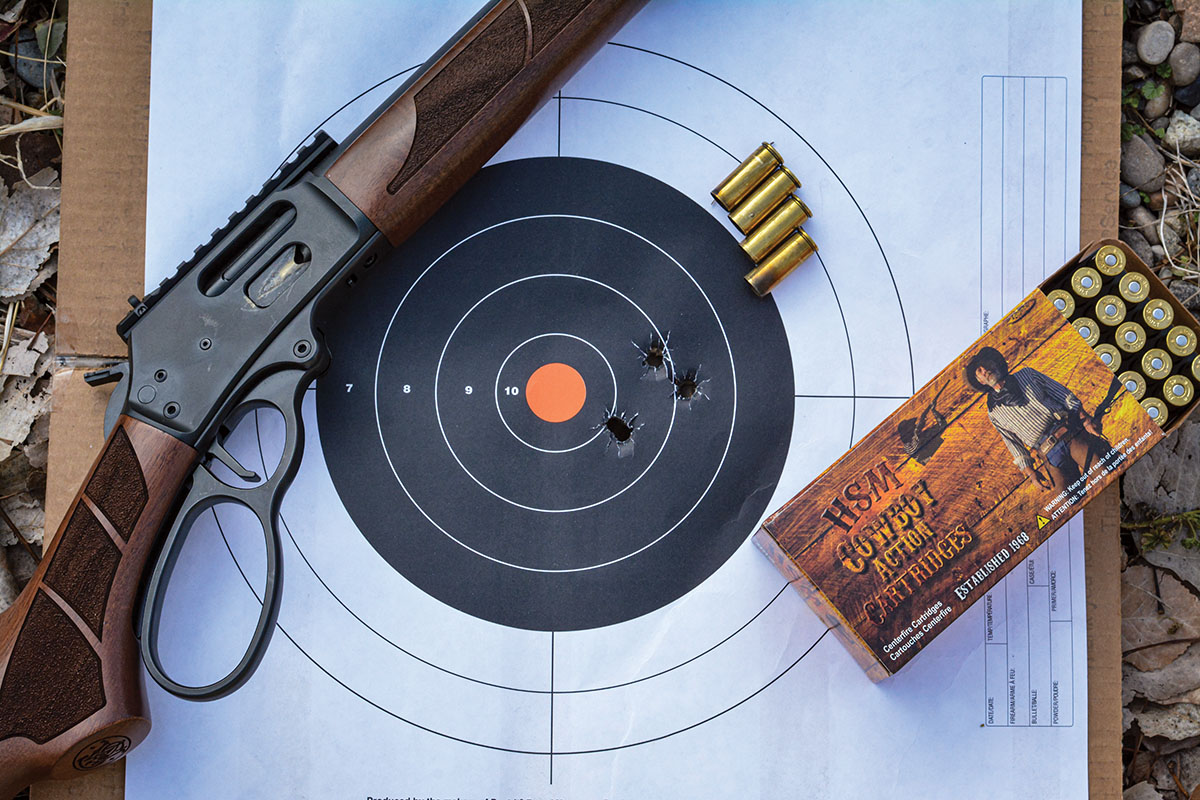
The bottom line is that we are really at the mercy of a given manufacturer if the part is a quality product or not. I shoot a huge variety of guns annually and often in volume, and over the years I have broken 4 MIM parts. While quality MIM parts can be machined, I have experienced difficulties in performing action work on some revolver parts.
Initial examination reveals that there are only three parts on the 1854 that are not MIM including the frame, barrel and breech bolt. Everything else, including the finger lever, trigger, hammer, locking bolt, trigger guard plate, sear, carrier, loading gate, etc., are all MIM parts.
I acquired two 1854s about 6 months ago; one in 44 Magnum and the other in 45 Colt - with the latter having around 1,500 rounds fired through it to date. My first impressions are mixed. Even with the walnut stock, it is not a handsome or traditional looking rifle, but neither is it homely. Rather it looks modern and intended to appeal to a much younger generation. The cut-textured stock offers traction, but does nothing for beauty. Even after the approximately 1,500 rounds, the action has smoothed very little and falls short of competing rifles. The trigger pull is in excess of 6 pounds, which makes offhand shooting a bit more difficult. The practical side of me wishes that the Torx screws were flat head, as basic disassembly procedures in a wilderness camp, or in the mountains might become difficult without the proper tools. The comparatively heavy barrel is great for offhand shooting and the fully adjustable X-S Sights ghost aperture on a rail is nice to have factory installed. The black-rubber recoil pad (with slight curve) helps keep the rifle at the shoulder while running the action hard.
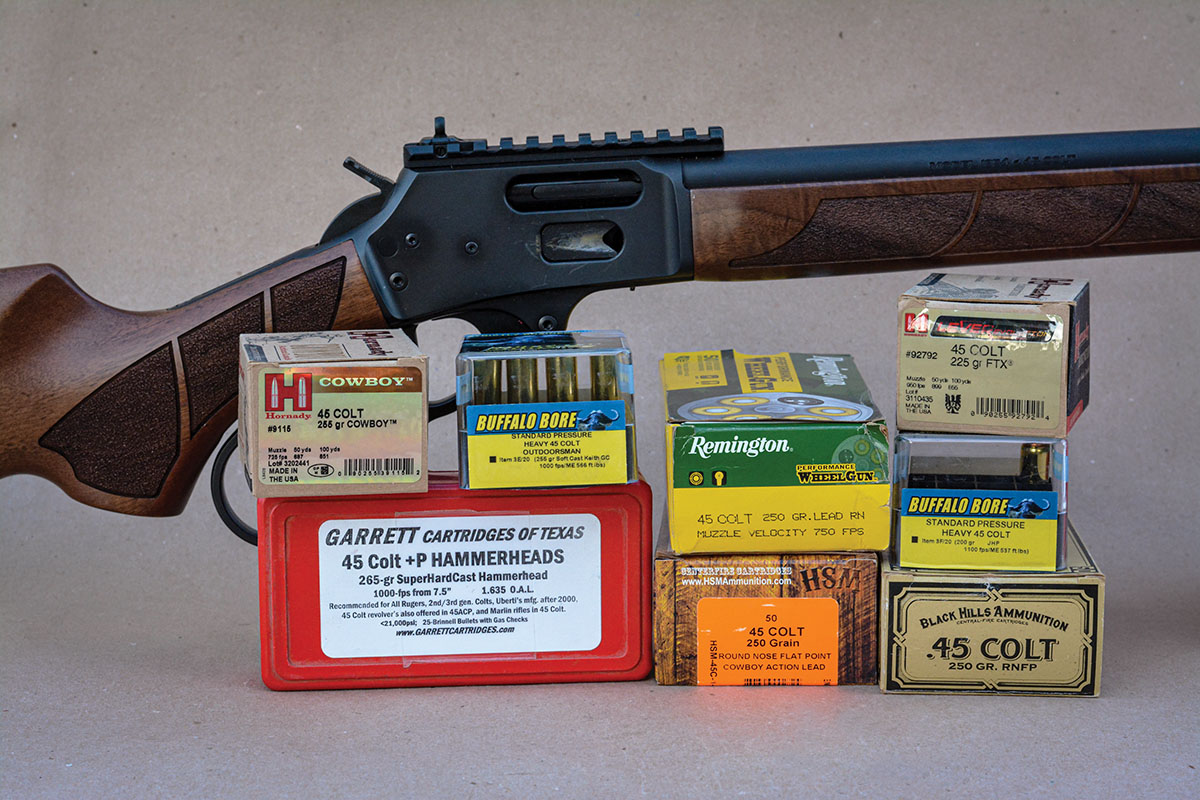
As can be seen in the accompanying tables, the 1854 gave fairly good accuracy with both cast and jacketed bullets. Using sandbag rests, the factory loads were checked at 50-yards that regularly produced four-shot groups from 1.75 to 2.50 inches. The single most accurate factory load was the Hornady LEVERevolution containing the 225-grain FTX bullet (1,085 feet per second) that have a three group average; four shots each, of 1.75 inch.
It should be noted that S&W adamantly warns to not use any loads that exceed SAAMI pressure guidelines, which for the 45 Colt is 14,000 pounds per square inch. With that said, the 1854 is chambered in 44 Magnum that has a SAAMI pressure limit of 36,000 psi. Certainly the 45 Colt version is safe with Ruger Blackhawk loads (built on the 44 frame) that generally generate up to 32,000 copper units of pressure (CUP) and produce similar head thrust as the 44 Magnum.
However, for today’s purposes, I chose to stick with standard pressure 45 Colt handloads.
As can be seen in the accompanying table a variety of handloads were developed with both jacketed and cast bullets. Overall accuracy more or less mirrored factory loads with 4-shot group averages that ranged from 1.55 to 2.30 inches at 50 yards. The 250-grain Speer Gold Dot Hollowpoint pushed with 10.0 grains of Hodgdon Longshot powder reached 1,141 fps and three groups averaged 1.55 inches. The old Remington 250-grain lead Roundnose with hollowbase pushed to 942 fps using 6.0 grains of Alliant Red Dot powder grouped into 1.70 inches.
If I were to issue a report card for the S&W, it would be a C+. Accuracy was acceptable, but could have been better. The action was acceptable, but could have been smoother and the trigger pull should have been lighter. The removable magazine tube should be discontinued and a small rail positioned forward of the forward shooting hand to accommodate accessories such as a light. The ergonomics are good, but an optional straight grip with standard size finger lever loop should be offered as optional. Considering the large number of MIM parts, the $1,399 MSRP is too high, rather the cost should be less than $1,000.
Nonetheless, the S&W 1854 has worked well with no misfires, failures to feed, etc., but time will tell regarding its durability.



